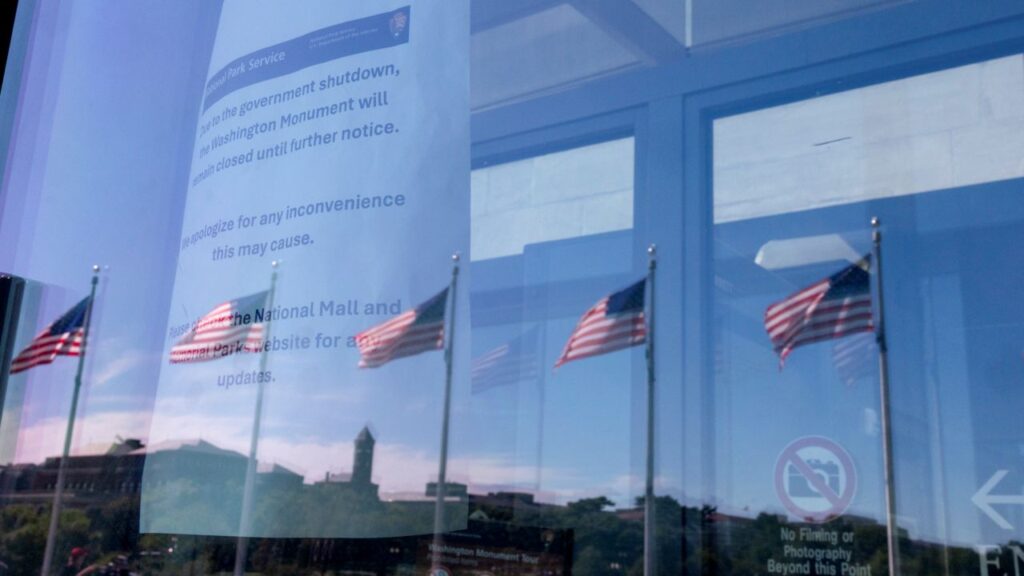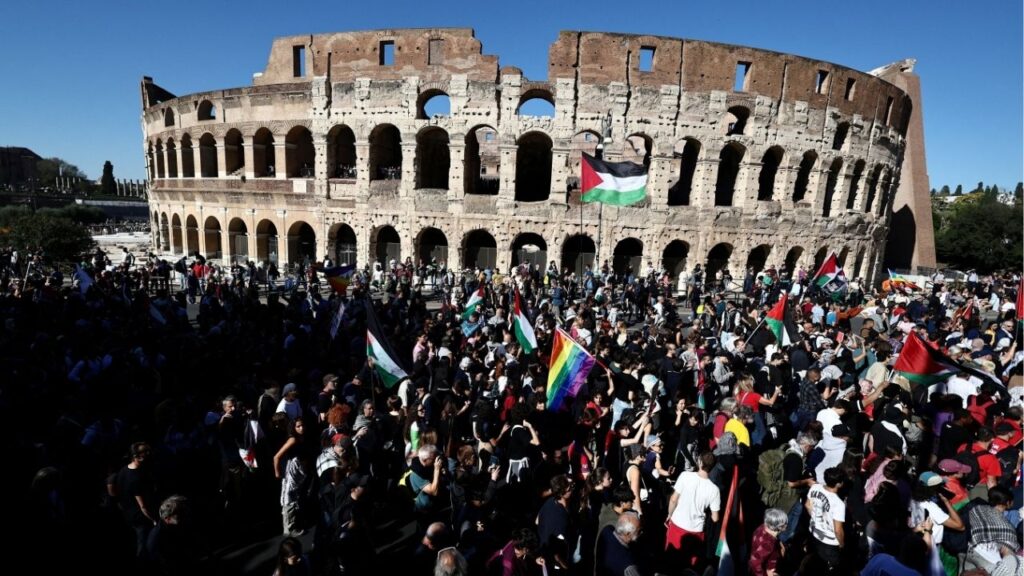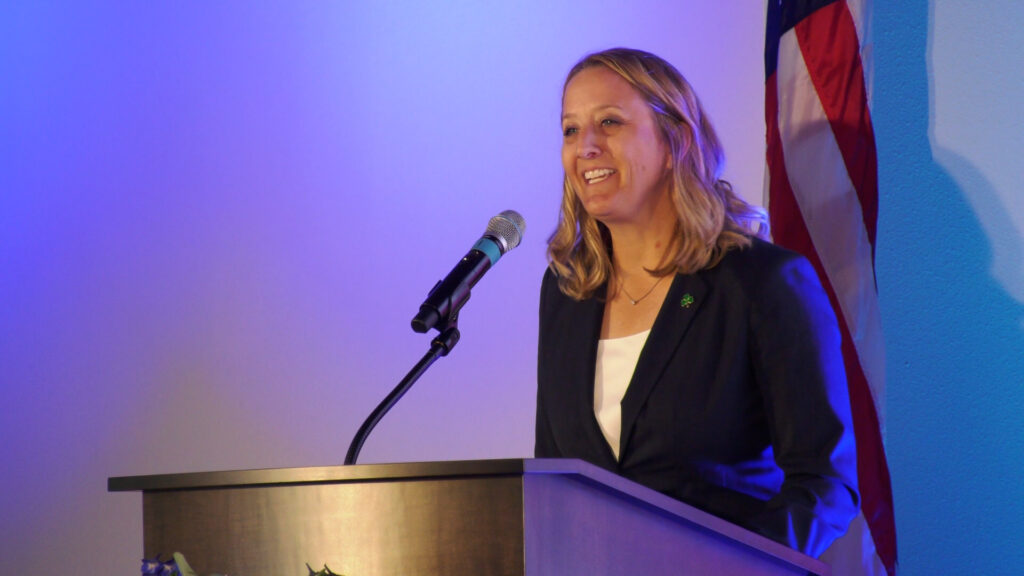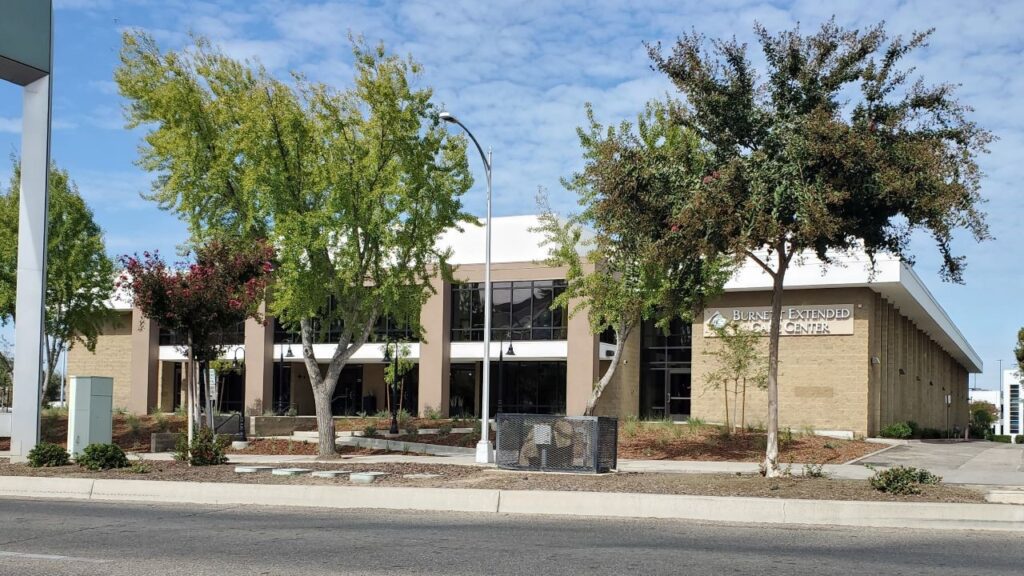Share
Los Angeles Times Subscription
For nearly a century, Los Angeles’ urban form has infuriated urbanists who prefer a more concentrated model built around a single central core.
Yet, in the COVID-19 pandemic, our much-maligned dispersed urban pattern has proven a major asset. Los Angeles and its surrounding suburbs have had a considerable number of cases, but overall this highly diverse, globally engaged region has managed to keep rates of infection well below that of dense, transit-dependent New York City.
As of April 24, Los Angeles County, with nearly 2 million more residents than the five boroughs, had 850 coronavirus-related deaths compared with 16,646 in New York City.
After this crisis, deeper research will explain why some regions of the country were able to fend off infection more effectively than others. But clearly, differ-ences in employment and housing patterns and transit modes appear to be very significant, if not decisive, factors.
By Joel Kotkin | 26 Apr 2020


















